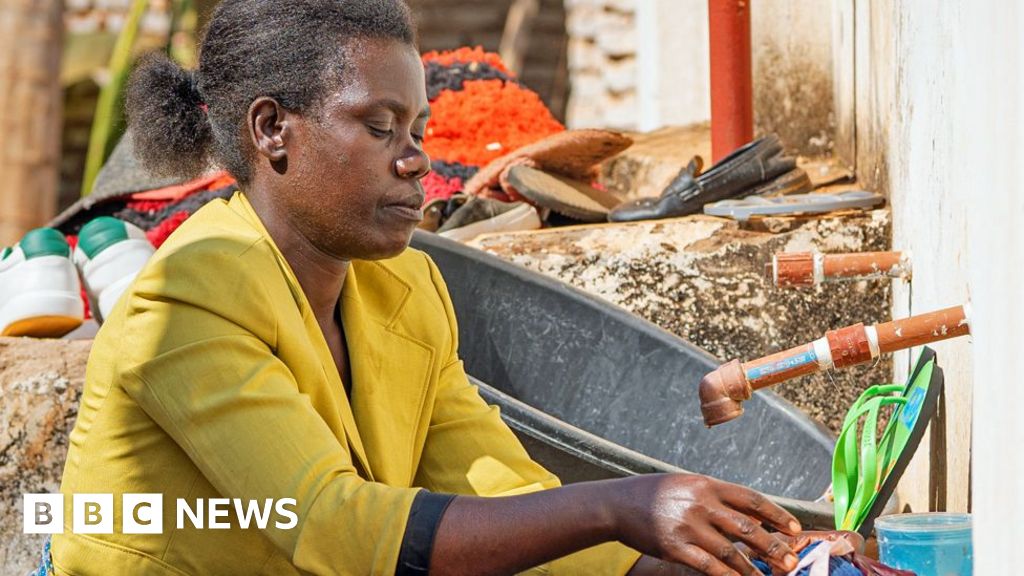ARTICLE AD BOX
More than 1,000 sanctuary cities, counties and states are now in the U.S., according to a new report Tuesday by the Federation for American Immigration Reform, which puts the figure far higher than Homeland Security’s own count.
FAIR puts the exact tally at 1,003, which marks a massive increase over the past seven years — FAIR counted just 564 sanctuaries in 2018. In 2000 the number was just 11, and even as late as 2009 it was only 40.
Seventeen states have statewide sanctuary policies, while just three — Arkansas, Montana and West Virginia — are entirely sanctuary-free, FAIR says.
That means even states that claim to have anti-sanctuary policies still often have jurisdictions that don’t provide full cooperation with federal immigration authorities.
FAIR said its report is intended to help the Trump administration as it eyes a crackdown on sanctuaries and to help citizens put pressure on local officials to change.
“Sanctuary jurisdictions — states and localities that obstruct federal immigration enforcement — pose a serious threat to the safety and security of the American people,” FAIR said. “What began as an effort to reassure ‘law-abiding’ illegal aliens that they could safely report crimes or assist law enforcement without fear of deportation has evolved into a scheme that protects illegal aliens, even violent criminals, from being turned over to federal immigration authorities.”
California led the way in FAIR’s count, with about 190 sanctuaries, including a statewide policy. Illinois was second with more than 110 sanctuaries, including a statewide policy that’s being challenged in court by the Trump administration.
Colorado, Oregon and Washington round out the top five.
In the Washington metropolitan region, the District of Columbia makes the list as a sanctuary, as does Maryland with 23 of its cities and counties and Virginia with 32 cities, counties and towns.
There is no universal definition of a sanctuary, and policies range in severity, with some allowing deportation targets to be turned over to U.S. Immigration and Customs Enforcement in some instances while other strict sanctuaries not only ban all cooperation, but also try to prevent ICE from striking private contracts with detention facilities.
A senior ICE official told The Washington Times during the Biden administration that some sanctuary policies were so strict that their email systems refused messages from ICE.
FAIR’s definition of sanctuaries is expansive.
Jurisdictions made the list if they prohibited cooperation with federal immigration authorities, refused or only granted limited cooperation with deportation detainer requests from Homeland Security, blocked their own officers from inquiring about or sharing immigration status of those they encountered, hindered Homeland Security’s ability to use detention facilities within their boundaries or altered prosecution decisions based on a migrant’s status.
Key West in Florida made the list, for example, in part because of a 2017 city resolution saying immigration enforcement would not be “productive” and limiting immigration status inquiries to instances where it’s part of a law enforcement investigation.
Homeland Security released its own list of sanctuaries last week, with about 600 jurisdictions.
The department offered few details about its methodology.
The differences between the lists often come down to judgment calls.
Virginia isn’t on Homeland Security’s list, but the state does make FAIR’s list.
FAIR cited state laws, passed in 2020 and signed by former Gov. Ralph Northam, that let illegal immigrant students pay in-state tuition rates and that order police not to cooperate with ICE status inquiries in a number of cases, such as where the target claims to be a victim or is the parent of a juvenile victim.
In the Virginia area, FAIR cites nearly every northern jurisdiction, from Loudoun and Prince William counties to the District of Columbia.
Elsewhere, it lists a number of Democrat-led cities and counties as well as a few Republican-leaning counties such as Bedford and Amherst. In both of those cases the group said their county jails were deemed to be “limited cooperation” facilities by ICE as of last year.
“Our list should give DHS and the DOJ the resources they need to implement the president’s EO and disrupt policies that undermine the safety of the American people,” said Ira Mehlman, FAIR’s media director.
The very idea of a name-and-shame sanctuary list dismayed the U.S. Conference of Mayors, which lashed out after Homeland Security released its version.
Tom Cochran, CEO of the conference, said some of the cities the government listed were surprised to find themselves on there. They insisted they try to work with federal officials.
At the same time, Mr. Cochran defended jurisdictions’ resistance to helping the feds out, suggesting such aid could be counterproductive.
“Through a concerted effort by mayors and their police chiefs, crime has been plummeting in our cities. Any forced effort to divert scarce resources and break trust with immigrant communities is a threat to public safety and to the great progress we have made,” Mr. Cochran said in a letter this week to Homeland Security and the Justice Department.

 3 weeks ago
21
3 weeks ago
21








 English (US) ·
English (US) ·